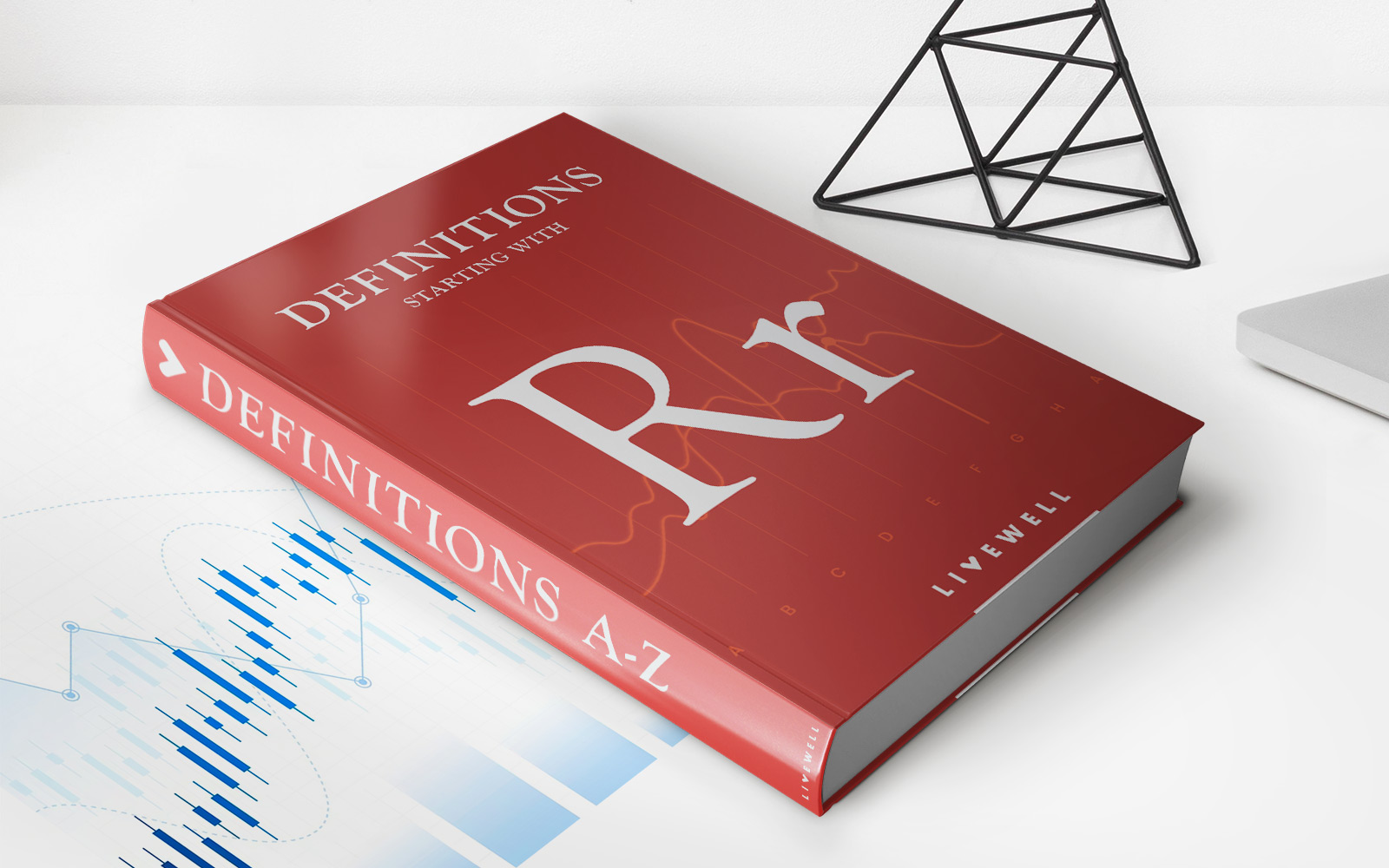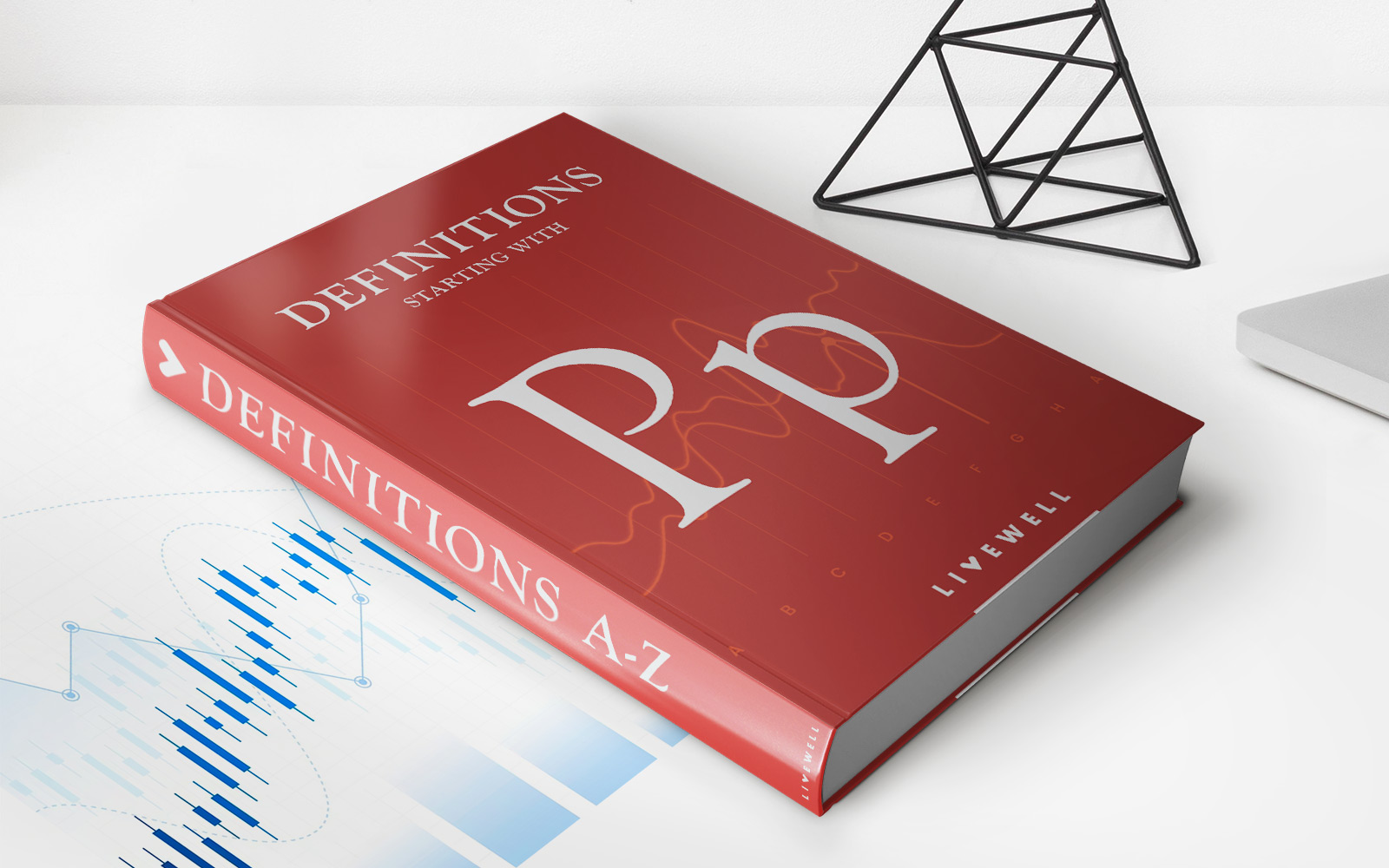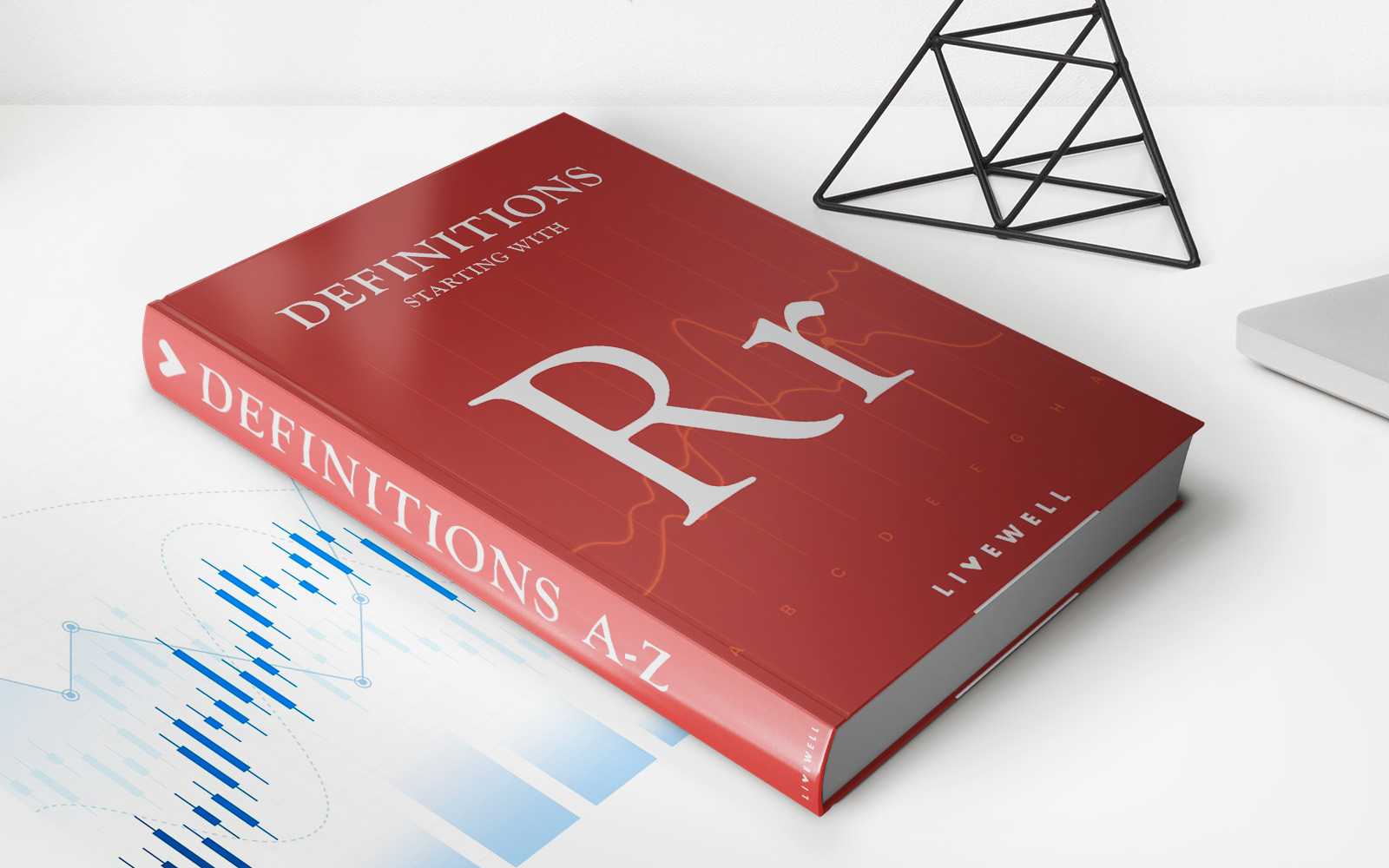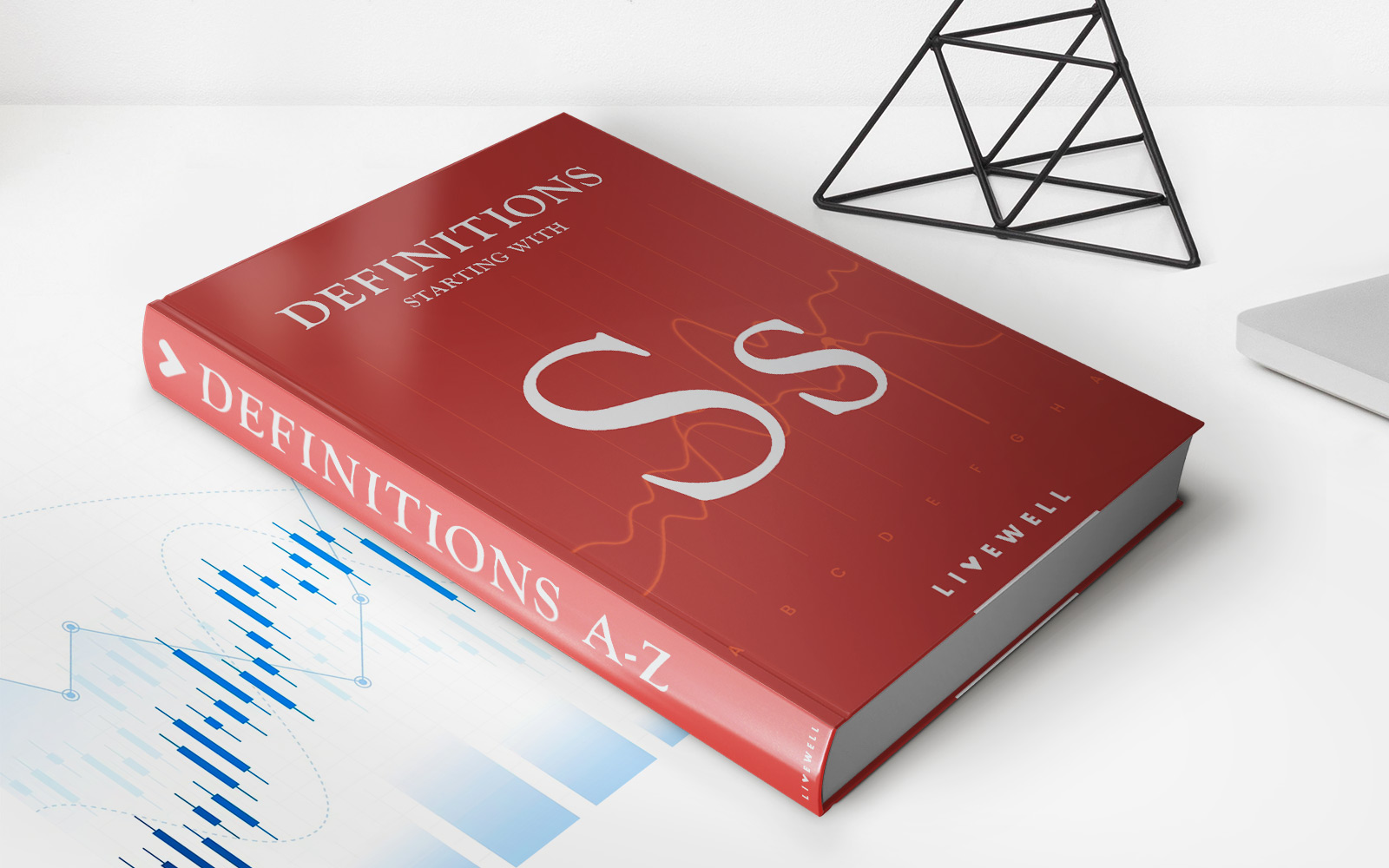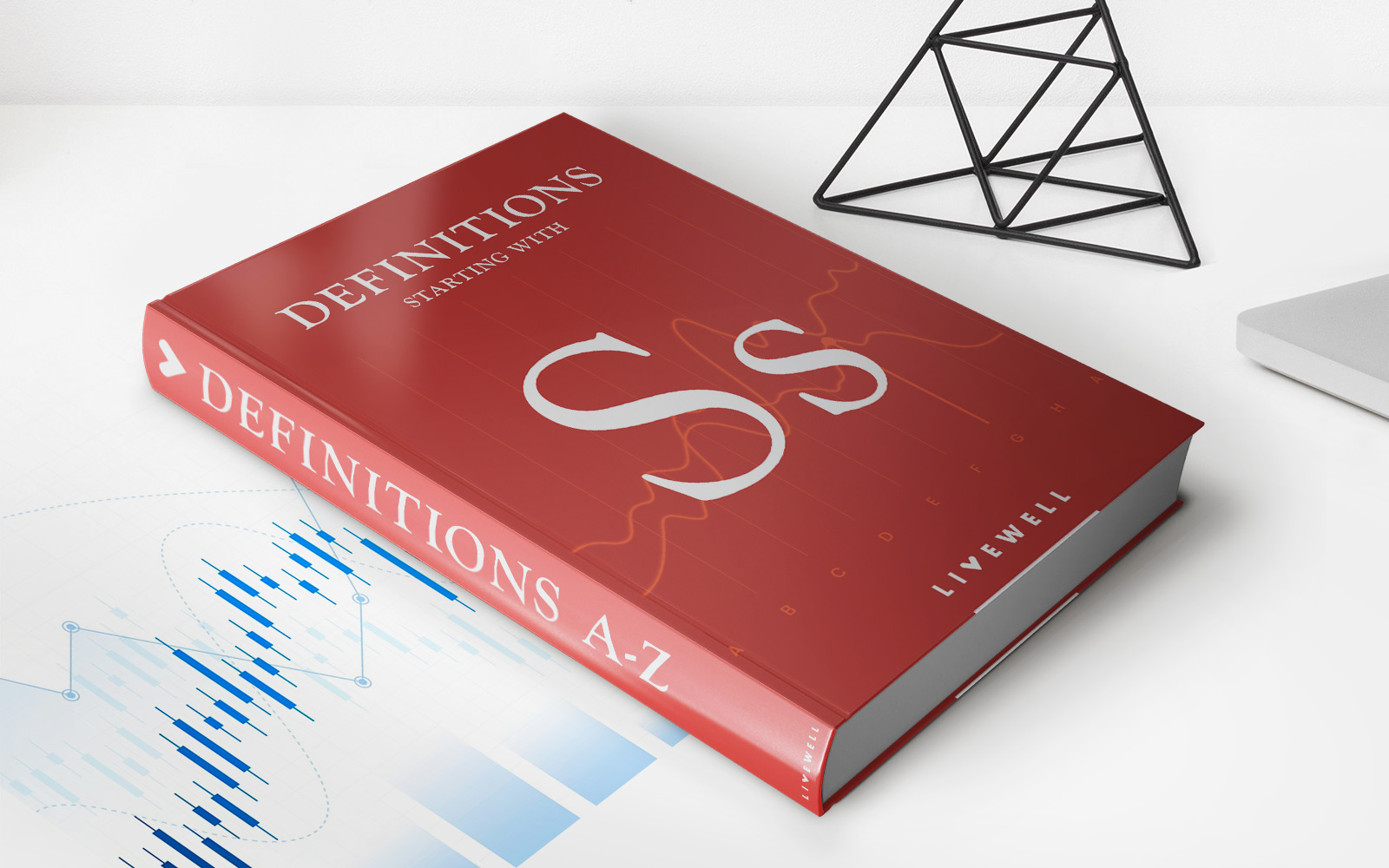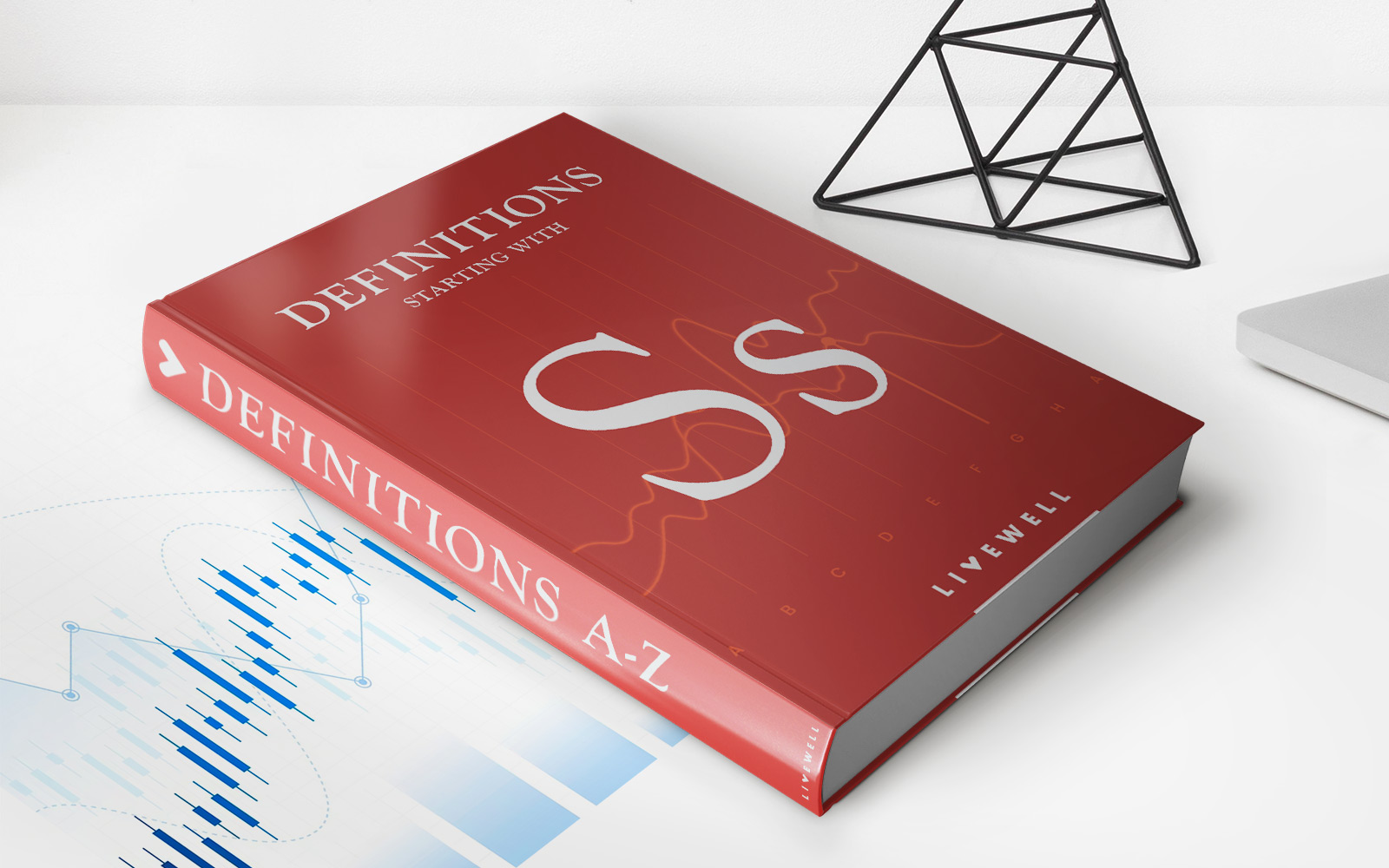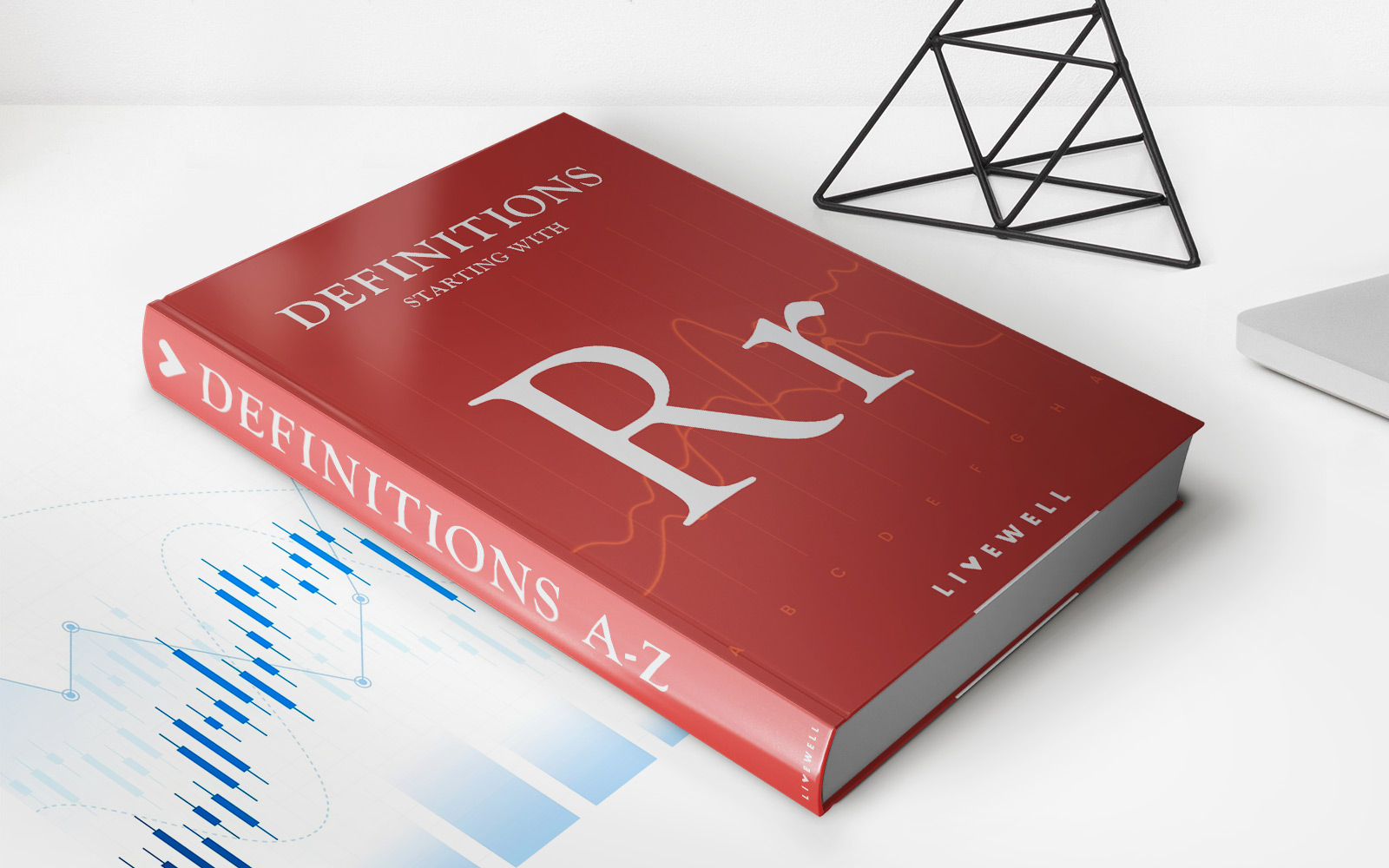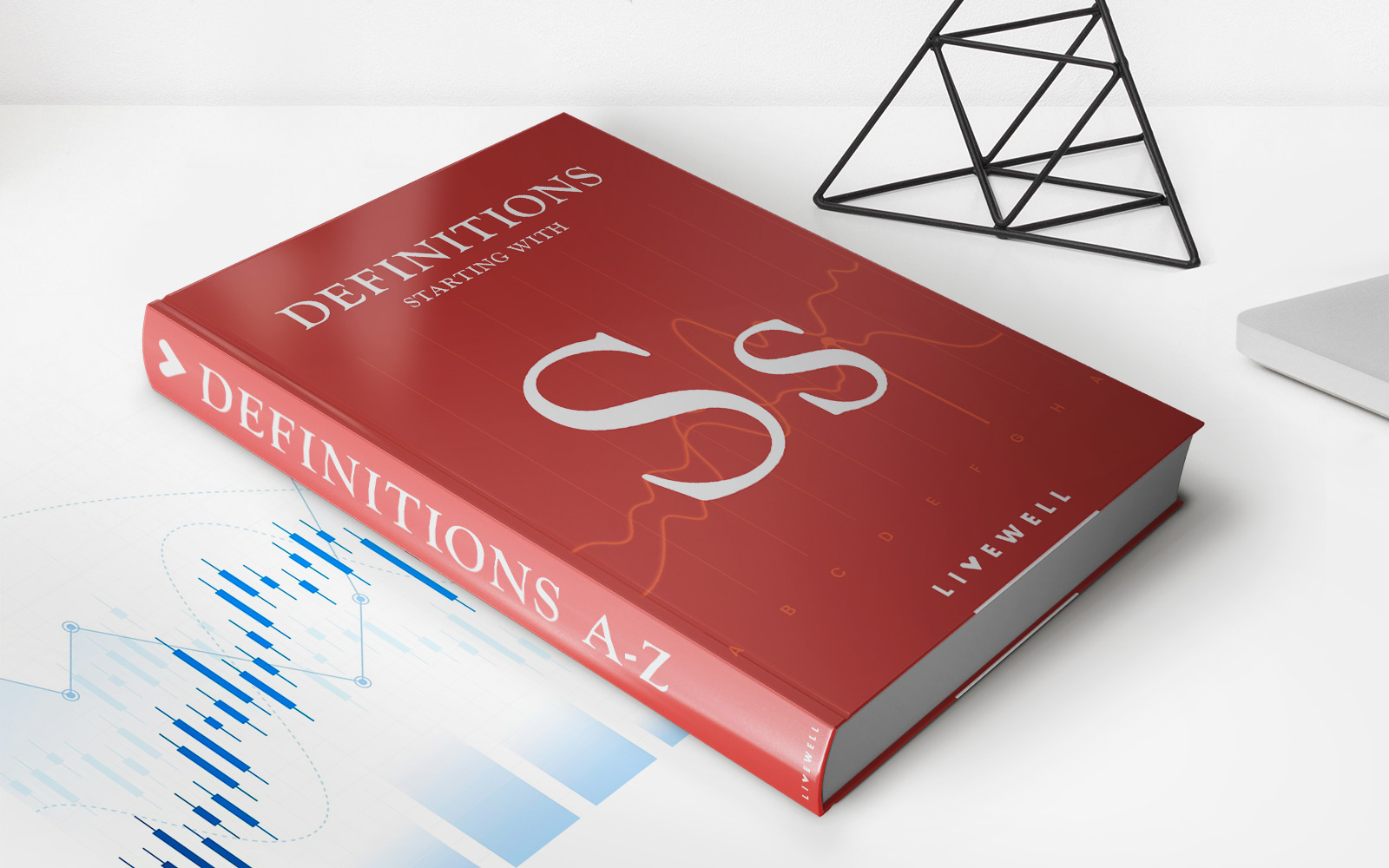Home>Finance>Subscription Right: Definition, How It Works, And Example


Finance
Subscription Right: Definition, How It Works, And Example
Published: February 3, 2024
Discover the definition and workings of a subscription right in finance, along with a practical example to illustrate its application.
(Many of the links in this article redirect to a specific reviewed product. Your purchase of these products through affiliate links helps to generate commission for LiveWell, at no extra cost. Learn more)
Understanding Subscription Rights in Finance
Have you ever come across the term “subscription right” while browsing through financial news or reading about investment opportunities? If so, you might have wondered what it means and how it works. In this article, we will demystify the concept of subscription rights, explain its workings, and provide a real-life example to help you understand it better.
Key Takeaways
- A subscription right grants existing shareholders the opportunity to purchase additional shares in a company before they are offered to the public or other investors.
- Shareholders are given a specific period, known as the subscription period, to exercise their rights and purchase the additional shares at a predetermined price.
What Is a Subscription Right?
A subscription right, also known as a pre-emptive right, is a provision that gives existing shareholders the opportunity to purchase additional shares in a company before they are offered to the public or other investors. This right is usually granted to shareholders as a way to maintain their percentage ownership interest in the company or to allow them to capitalize on future growth prospects of the business.
How Does it Work?
When a company decides to issue new shares, it may offer its existing shareholders the right to buy a specified number of shares at a predetermined price, known as the exercise price. Shareholders are given a specific period of time, usually called the subscription period, to decide whether or not they want to exercise their subscription rights. If they choose to exercise their rights, they will need to submit the necessary funds to purchase the additional shares. If they do not exercise their rights by the end of the subscription period, their rights will expire, and they will lose the opportunity to buy the new shares.
Example of a Subscription Right
Let’s take a hypothetical example to illustrate how a subscription right works:
- ABC Corporation, a publicly traded company, announces its intention to issue 1 million new shares to raise additional capital.
- The company decides to offer its existing shareholders the opportunity to purchase the new shares through a subscription right.
- For every 10 shares owned, shareholders are granted the right to buy 1 additional share at an exercise price of $10 per share.
- The subscription period is set for 30 days.
- Shareholder A owns 100 shares of ABC Corporation and decides to exercise their subscription rights. They submit $100 to the company and receive 10 additional shares at $10 each.
- Shareholder B, who owns 50 shares of ABC Corporation, does not exercise their subscription rights. They let their rights expire and do not purchase any additional shares.
In this example, Shareholder A took advantage of their subscription right and increased their share ownership in ABC Corporation. Shareholder B did not exercise their rights and did not participate in the new share issuance.
Subscription rights play a vital role in corporate finance, allowing existing shareholders to maintain their ownership stake and have the opportunity to participate in the growth of the company. By understanding how subscription rights work, investors can make more informed decisions when it comes to evaluating investment opportunities. So, the next time you come across the term “subscription right,” you’ll have a clear understanding of what it means and how it works.


